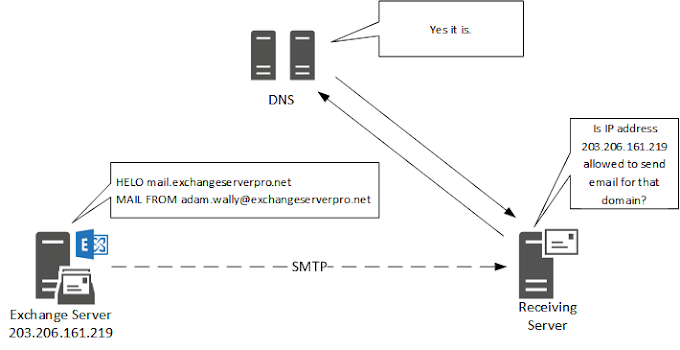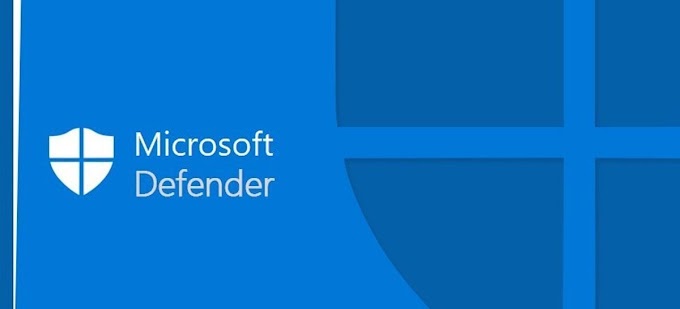Three email authentication standards form one of the major components <br>
Sender Policy Framework (SPF)<br>
DomainKeys Identified Mail (DKIM)<br>
Domain-based Message Authentication, Reporting & Conformance (DMARC)
Best Practices<br>
Implement both SPF and DKIM for top-level domains, “parked” domains (not used for email) and any major subdomains seen on websites or used for email.<br>
- Optimize SPF records with no more than 10 DNS lookups.<br>
- Implement DMARC, initially in “monitor” mode to get receiver feedback and verify accuracy of email authentication, and eventually move to “enforcement” (signal a “reject” or “quarantine” policy to receivers).<br>
- Mandate the use of DMARC reporting capabilities with RUA (aggregate) and RUF (message-specific forensic) reports.<br>
- Implement inbound email authentication checks and DMARC on all networks to help protect against malicious email and spear phishing purporting to come from legitimate senders.<br>
- Implement opportunistic TLS to protect email in transit between mail servers.<br>
- Ensure that domains are locked to prevent domain takeovers.<br>
- Implement DNSSEC to help protect a site’s DNS infrastructure.<br>
- Deploy IPv6.<br>
- Implement Distributed Denial of Service (DDoS) mitigation technologies and processes.<br>
- Implement multi-factor authentication.<br>


.png)






0 Comments